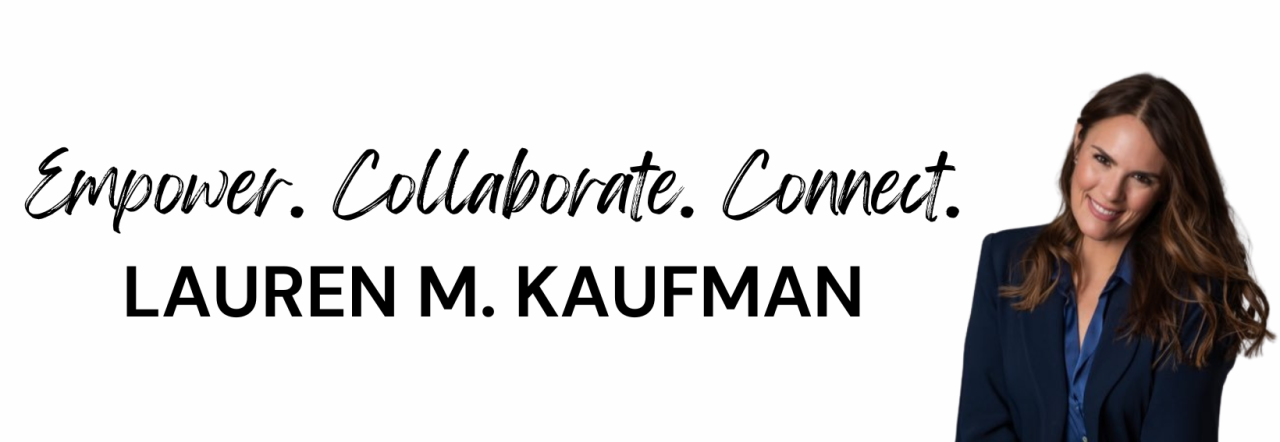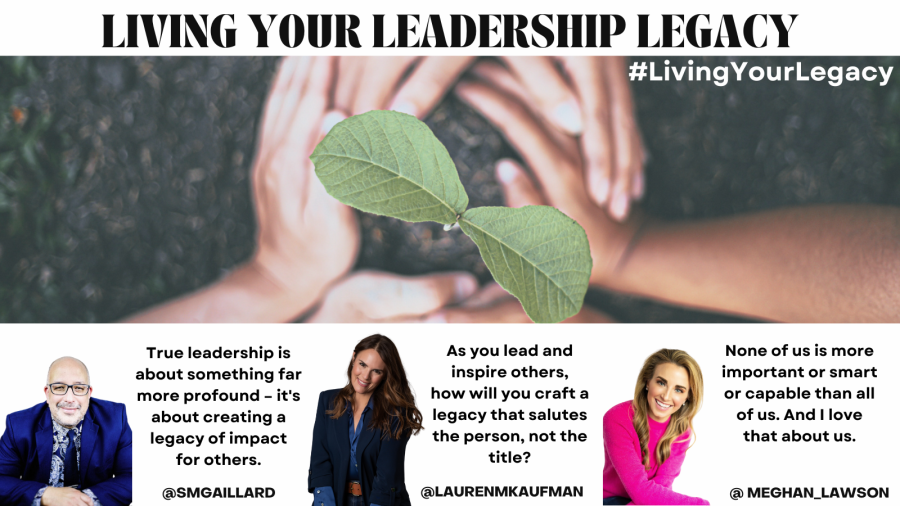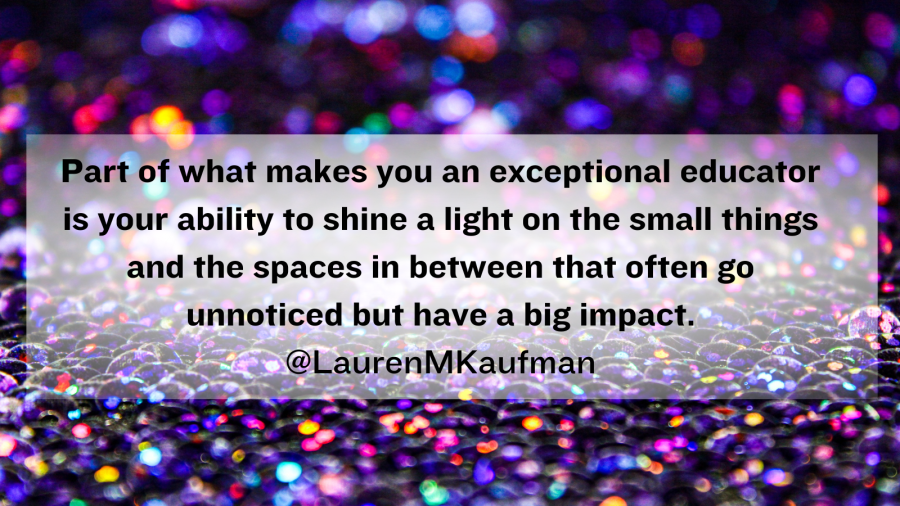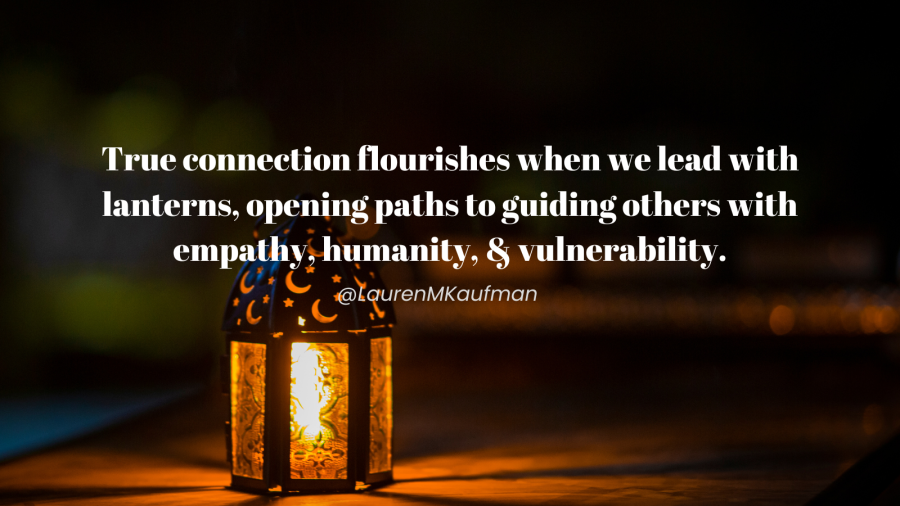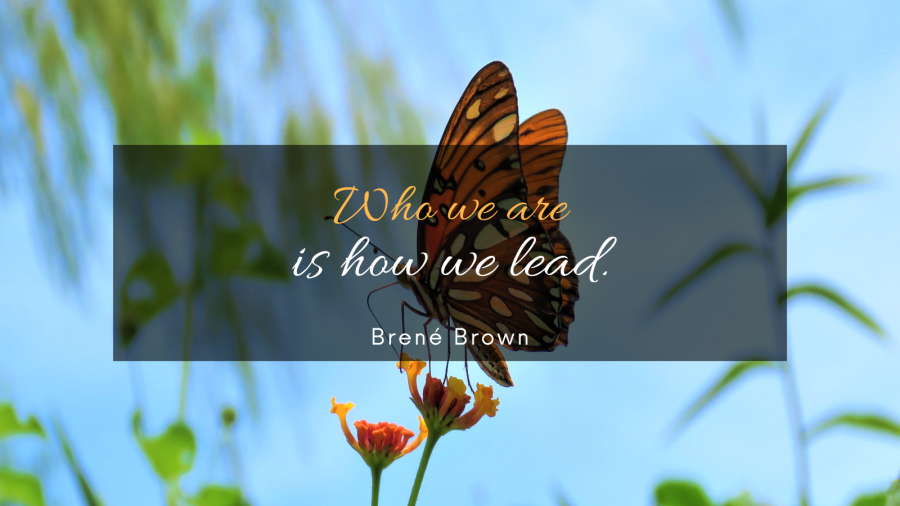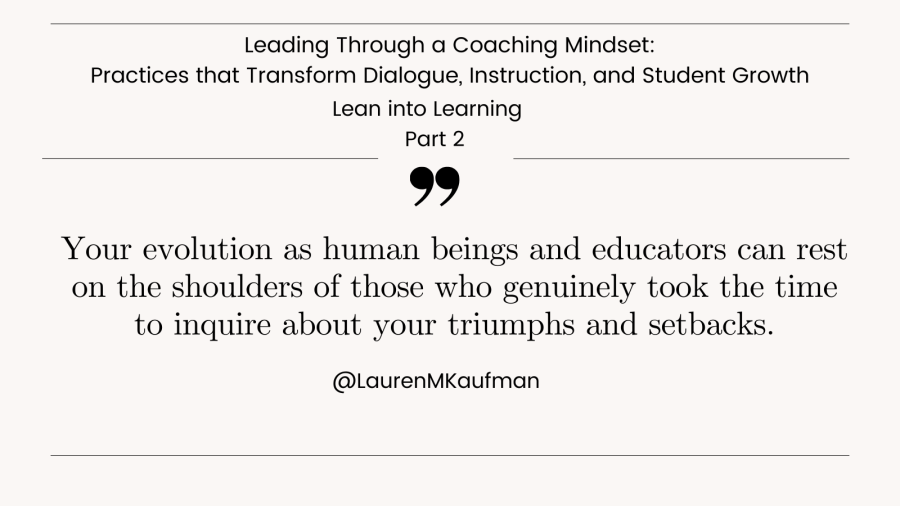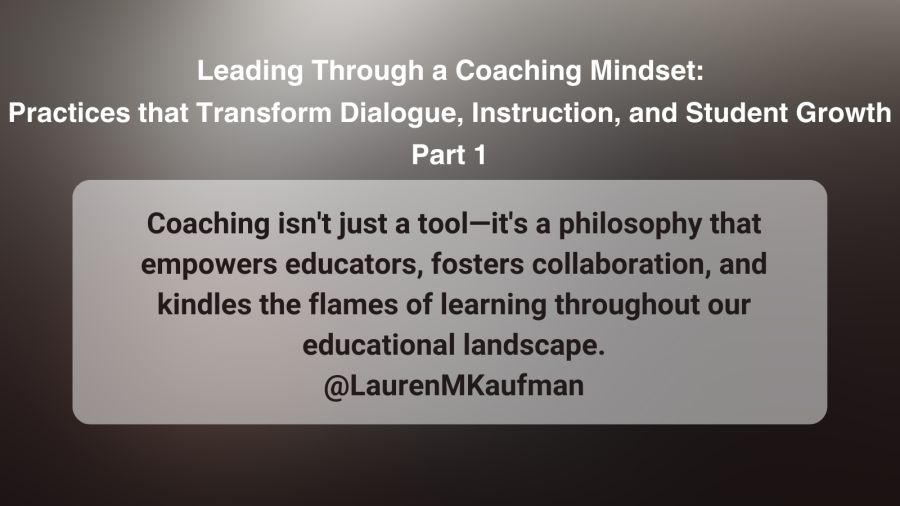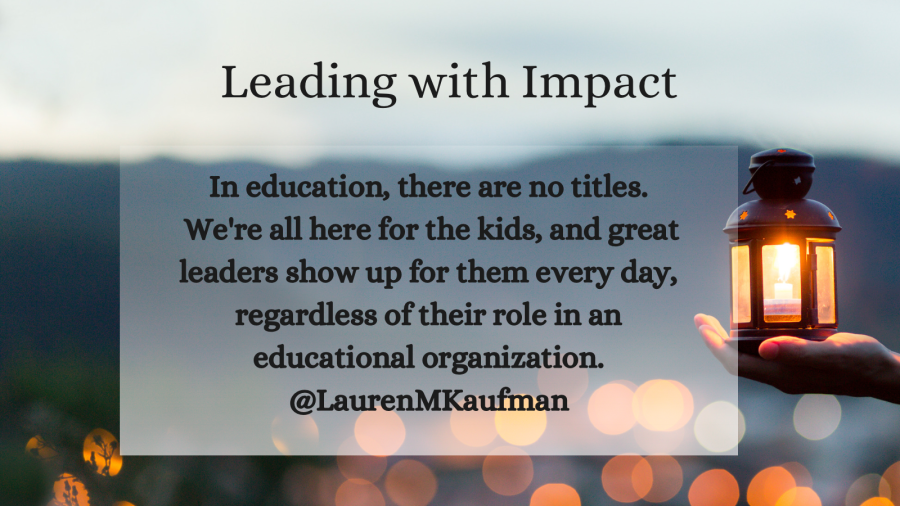“Leaders need to be visionary, but they need to also be able to utilize the people they work with to create a vision of what school should and could be together” (p. 9). This sentiment was shared by George Couros in his latest book co-written with Allyson Apsey, titled, What Makes a Great Principal: The …

